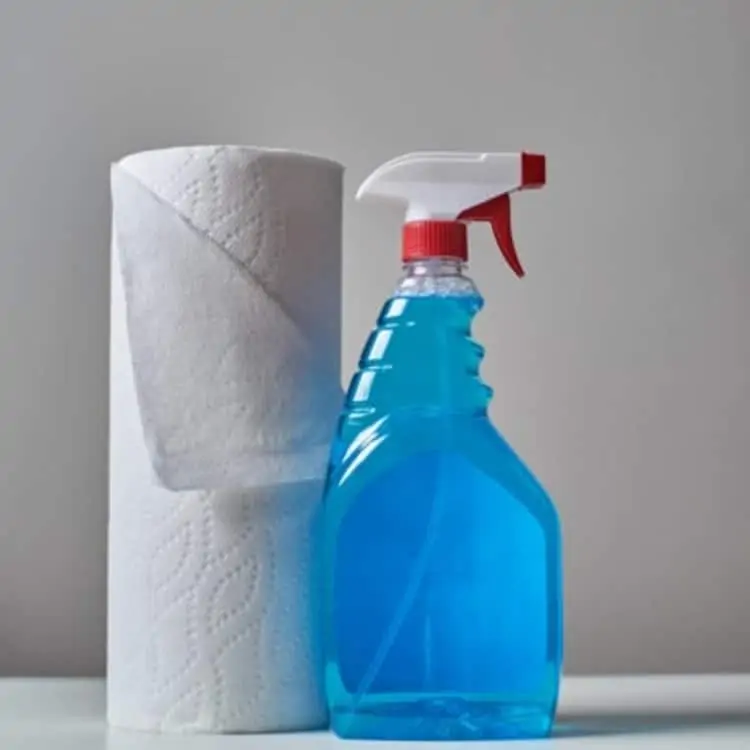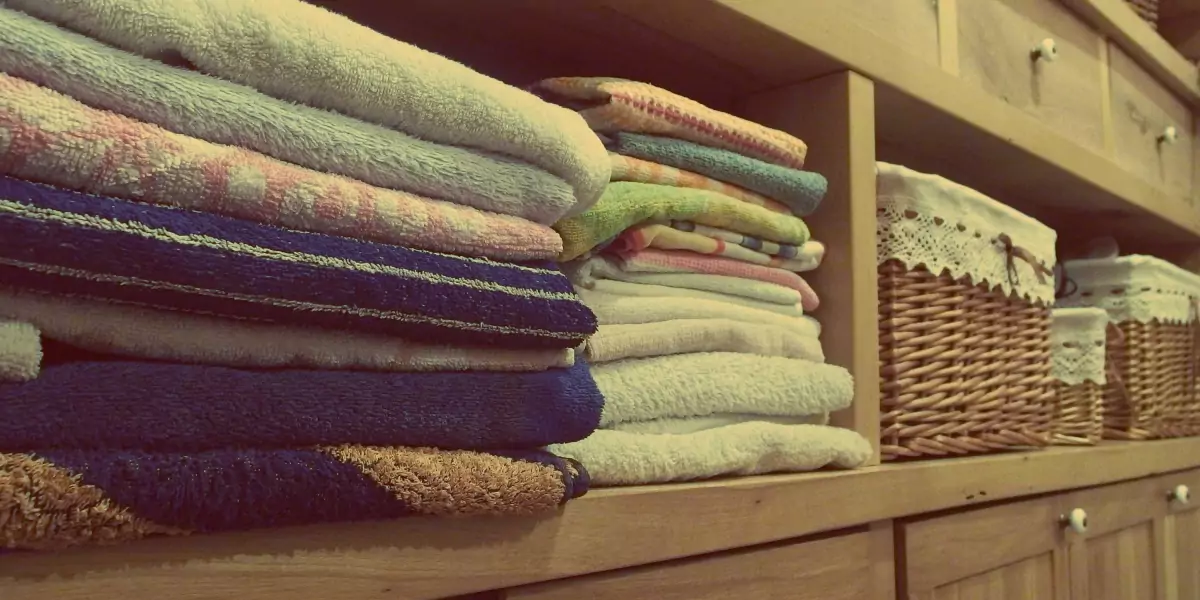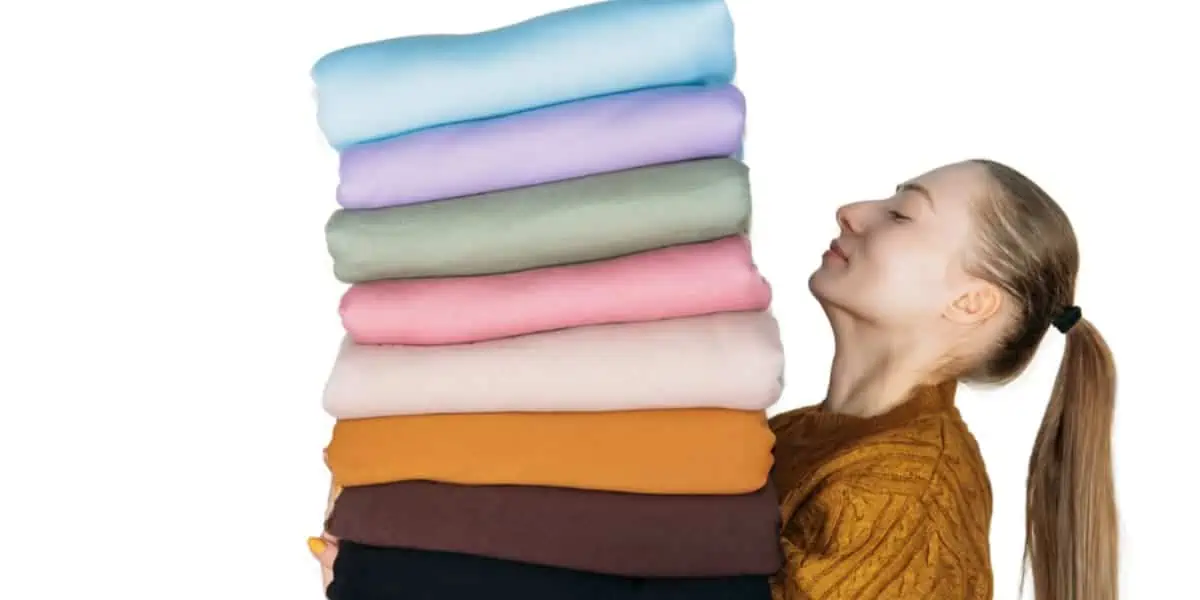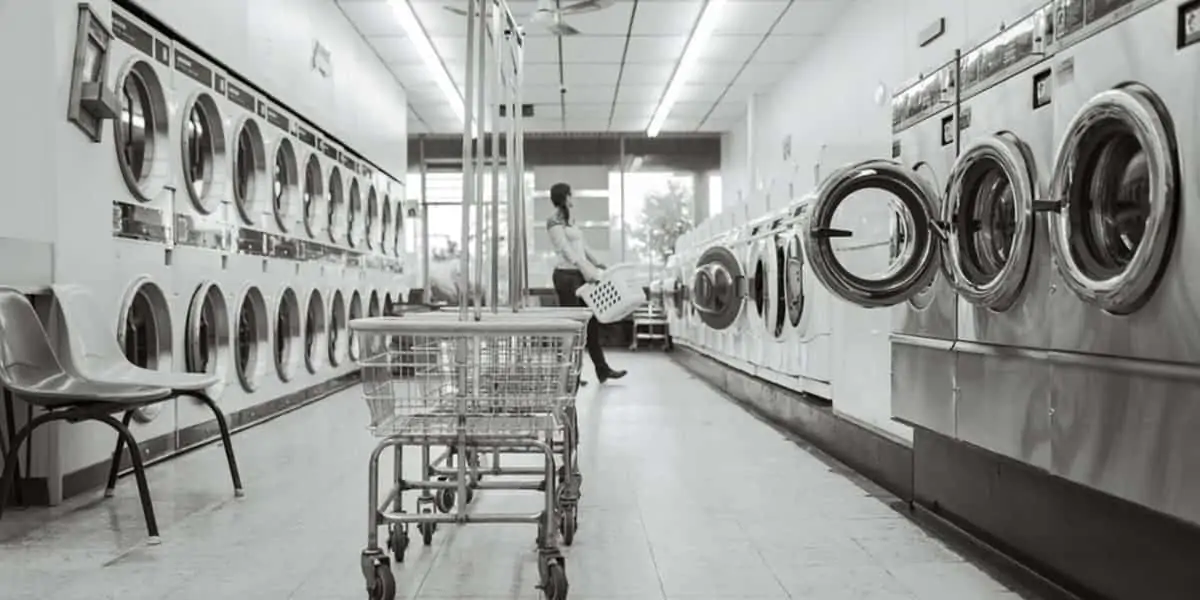Almost everyone has had their clothes dry cleaned at some point, but we may not have given the technique or chemicals used in the procedure much thought. For garments and materials that cannot be washed or dried in a standard washer or dryer, dry cleaning solvents are the most commonly utilized cleaning agents in the dry cleaning process. Are you interested in learning more about these compounds? Here are six of the most commonly used dry cleaning chemicals.
1. Aliphatic Hydrocarbon Solvents
These dry cleaning solvents can be found in concentrations up to 100% and vary in color from clear to yellowish-green. White spirit, mineral spirits, Stoddard solvent, petroleum naphtha, and coal naphtha are names for this substance. Some commonly known trade names are White Spirit or Varsol.
This dry cleaning fluid alone will leave the fabric feeling very dry because dry cleaners often add scented oils, which can mask the odor of formaldehyde. With some brands using petroleum-based products, the smell of paraffin wax is also present during dry cleaning.
2. Glycol Ethers
Glycol ethers are a group of solvents that have a low evaporation point and can be used in dry cleaning fluid. They are colorless, have a faint odor, and are non-flammable. Dry cleaners will apply dry cleaning solvents to a stain and rub over the fibers until most of the dry cleaning solvent has been removed from the garment. The dry cleaner may also repeat this process until no more color is transferred to the cloth.
3. Aromatic Hydrocarbon Solvents

Also known as perchloroethylene (Perc), it is clear in color with a sweet scent that can range from faint to strong depending on how it is diluted for dry cleaning purposes. Because dry cleaners use different formulations, with some brands having lower amounts of dry cleaning solvents than others, odor and skin irritation problems can occur.
4. Solvent Mixtures
One common dry cleaning fluid mixture is a combination of aliphatic hydrocarbons and aromatic hydrocarbons, which is generally less irritating than using one type of dry cleaning solvent alone.
Sometimes, dry cleaners will also combine chlorinated hydrocarbon solvents with dry-cleaning aliphatic hydrocarbons in dry cleaning solvent mixtures, resulting in a dry-cleaning process that is faster and less irritating to the skin.
5. Solvents containing chlorinated hydrocarbons
Chloroform or carbon tetrachloride dry cleaned fabrics can leave behind yellow stains on lighter colored garments that are visible when used in high concentrations. Trade names include trichloroethane, perchloroethylene (perc), tetrachlorethylene, and caprolactam. In terms of appearance, it is clear with an ether-like odor at high concentrations.
This dry cleaning solvent is often used as a spot cleaner for grease and oil but should not be used on acetate, triacetate, or other fabrics that have a tendency to shrink.
6. Dry cleaning with liquid CO2
When dry-cleaning with carbon dioxide, dry cleaners use dry saturated CO2 gas injected into a washing machine to extract the stains from dry-cleaned garments. The dry CO2 then evaporates and leaves no residue or fluid remaining.
Liquid carbon dioxide dry-cleaning uses liquid carbon dioxide to remove soils from dry-cleaned garments only. In this process, dry-cleaned garments sit in a special chamber containing liquid carbon during the drying cycle. This combination of high pressure and low temperature swells the garment’s fibers to release stains from them without harming or distorting their shape. Liquid carbon dioxide is also used to remove odors from fabrics by absorbing them while the dry fabric remains undamaged.
Final thought
Dry cleaning solvents are complex and often poisonous substances used as cleaning agents. Despite many improvements, current dry cleaning methods have not replaced traditional solvent use. The use of the chemicals poses a potential environmental hazard, so it is important to review the cleanliness and safety of any dry cleaning fluid before patronizing it.






